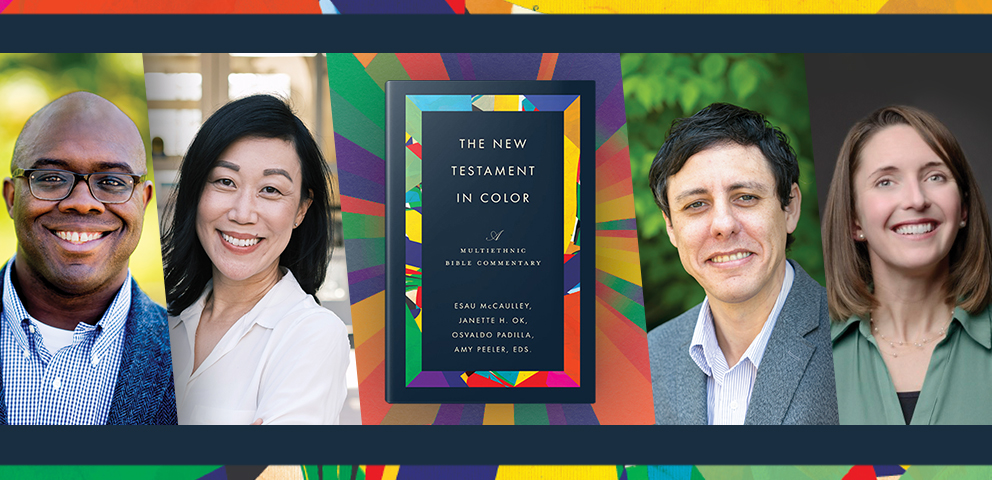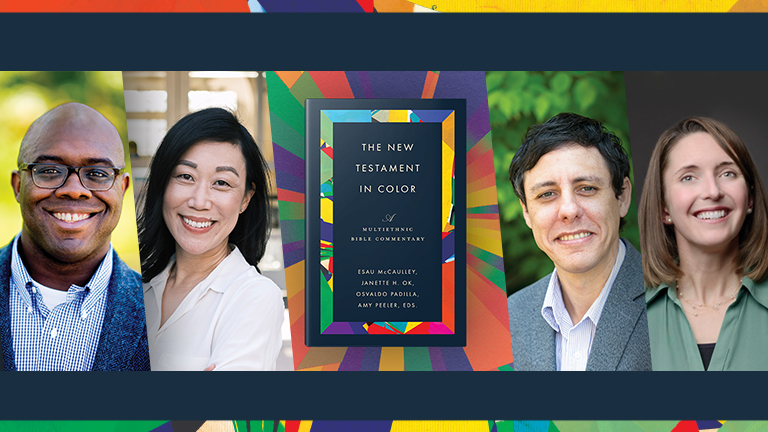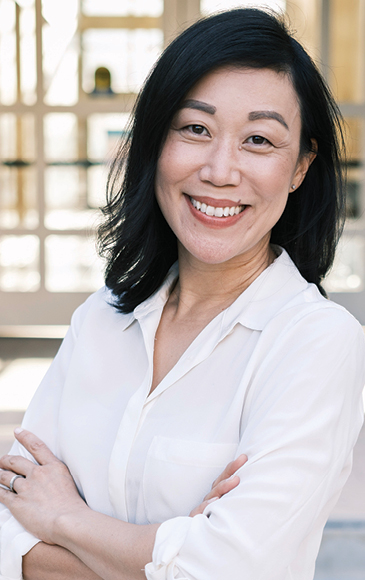A Conversation with the Editors of "The New Testament in Color"
The New Testament in Color is a one-volume commentary on the New Testament written by a multiethnic team of scholars holding orthodox Christian beliefs. Listen in on this conversation with volume editors Esau McCaulley, Janette H. Ok, Osvaldo Padilla, and Amy Peeler as they share insight into the process of bringing together this first-of-its-kind Bible commentary.
Tell me the background of how you conceptualized this project.
Esau McCaulley: We wanted to create a project that embodies the North American church at its best. We wanted to bring together a diversity of cultures united by a common desire to read, understand, obey, and apply God's word.
Socially located biblical interpretation is nothing less than the record of the Spirit's work through scriptural engagement among the different ethnicities and cultures of the world. Unfortunately, too often the sanctification of culture has been confused with the Westernization of culture. That lie has done tremendous damage to the church. God's transfiguring work is not done in comparison with the West. Ethnicities do not become more holy as they approach likeness to Europe but to God. We hope that it encourages believers to understand and learn from one another and by so doing grow in faith and knowledge.
Tell me about the process of deciding to be part of the editorial team for this book.
Amy Peeler: Esau shared this vision for the project with me and I wholeheartedly agreed. I had recently been awakening to the distinctiveness of my own ethnic heritage and relished the opportunity to contribute to such a worthwhile project. It was a way to put into practice my conviction that my culture is one of many that make up the beauty of God's Kingdom.
Janette H. Ok: In November 2018, Amy introduced me to Esau, her new colleague at Wheaton, because he wanted to pitch the idea of working on a multi-ethnic single-volume commentary on the New Testament for IVP Academic. After meeting him for the first time and learning more about his vision for the project, I knew this book was going to be something special. I also felt drawn to the idea of being part of a diverse four-person editorial team.
You have twenty-two contributors for this project. That is a massive undertaking for a team of editors. Tell me what your vision was with having such a variety of contributors on this project.
Esau McCaulley: The contributors were not tasked with representing all or speaking for all members of their ethnic group. Instead, they were called to bring the entirety of themselves to the interpretive project. We all bring our experiences to the text, and we thought that bringing together a variety of experiences and social locations would provide more opportunities for us to learn from each other. Our individual experiences do not define the meaning of texts but help or hinder us at different points. That is why we need each other to help each other discern the mind of Christ. This project is one exercise in mutual discernment.
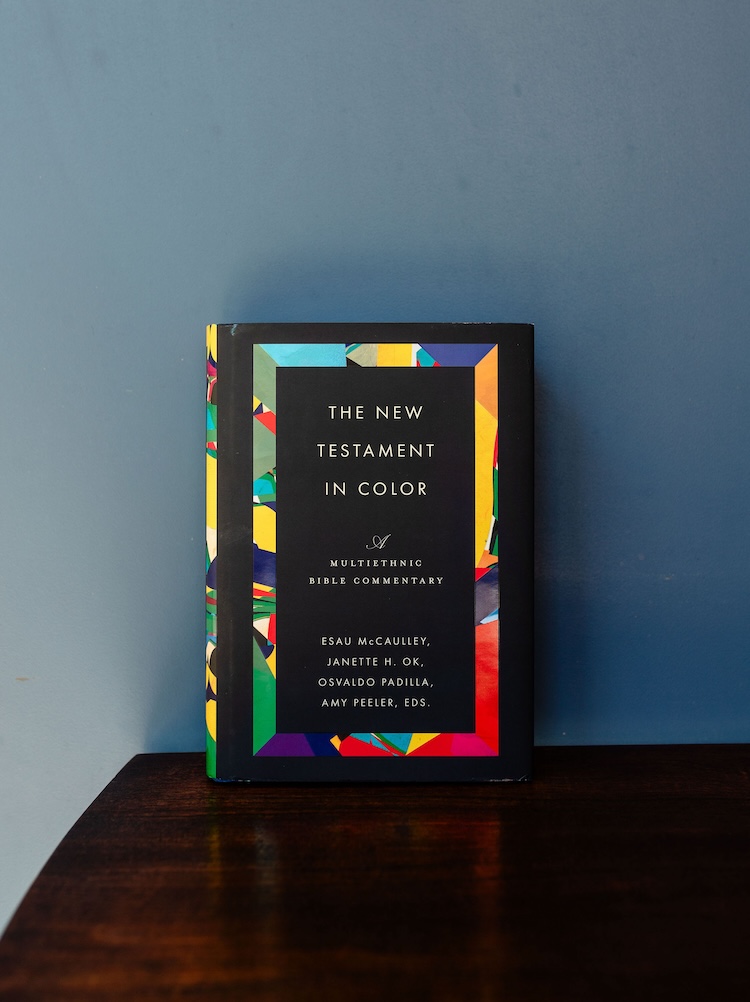
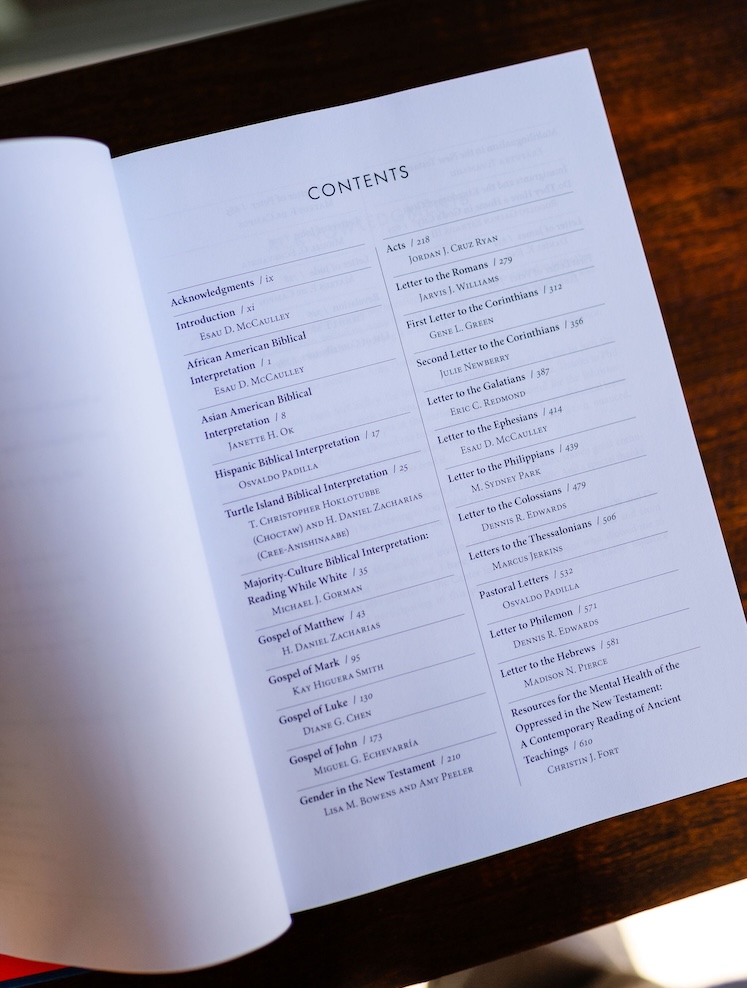

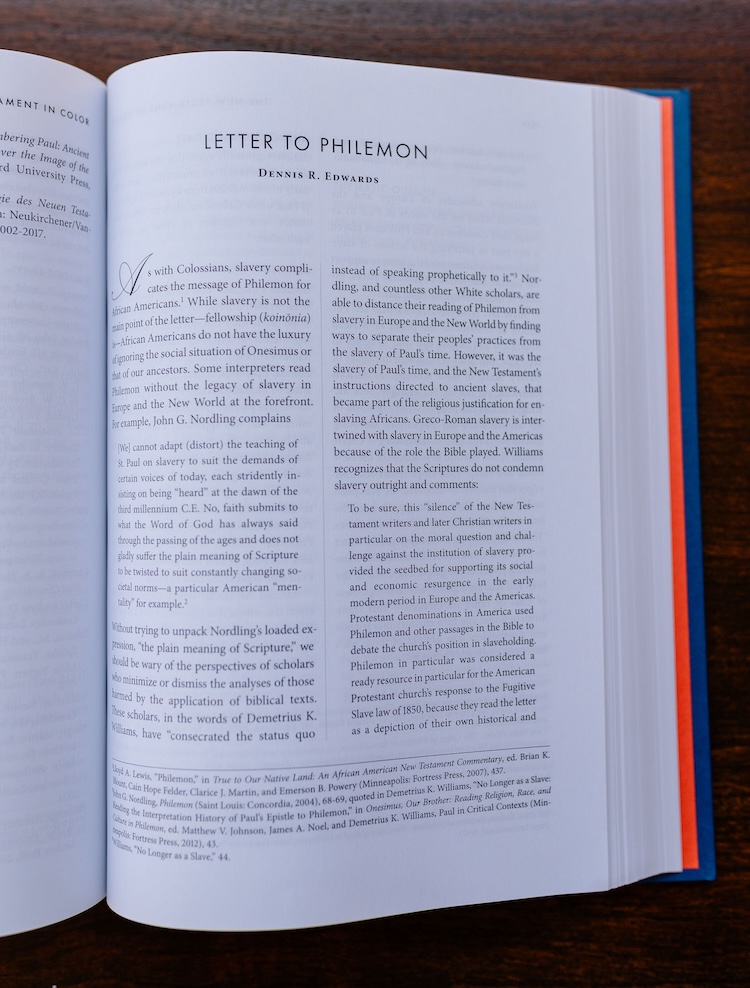
During the editorial process, what was something that surprised you as you engaged with the content/manuscript? What did you learn?
Janette H. Ok: Our collaborative editorial process embodied the joys, challenges, and fruits of bringing together scholars with different expertise, experiences, perspectives, and social locations that you see reflected in the work of our contributors. Creative processes of this magnitude are messy, but I have learned to embrace the messiness as a gift to the church. The ideas for this volume took shape over time and the contributors submitted and resubmitted their work in conversation with the editors while keeping true to their voice and vision. I am proud of this collective labor of love.
Osvaldo Padilla: In a project with these many contributors you are bound to encounter things that you expected and things and that you did not. I was surprised by the amount of scholars who already knew in some form and accepted the concept of biblical studies being put forward in NTIC. Specifically, I was surprised by how many evangelical scholars today not only accepted but also believed that it is a good thing.
I have often found myself wrestling with what it meant to engage my own ethnic identity. We all have the gift of contributing scholarly insights because of our social location, but we also run the risk of missing important insights because of our social location. My own Hispanic background, for example, that helped me (I think) get at some hidden aspect of the text could also be used to smuggle in some of the idolatrous baggage that is also part of my background. I was surprised how much I had to grapple with the danger of becoming just like the "colonizers" we passionately have criticized when forgetting that this is a two-way street.
This book is going to be a conversation starter in many contexts, both in the academy and the church. What do you envision the future of the conversation will look like after this book? What other questions related to socially located biblical interpretation are you excited to explore now that this book is in the world?
Amy Peeler: I imagine that the conversation will play out along two trajectories. One group will have been looking for something just like this and will be thrilled by its existence. They will envision ways to build upon this project for future work. A second group will discover that they do need such a resource even though they hadn't thought about it before. They might have some questions about socially located exegesis, but hopefully as we converse about those, they will see the value of making one's location explicit (because it is always present!).
I hope I have more opportunities to participate in such important work, maybe more in depth in specific New Testament books which I know and love well.
Osvaldo Padilla: I sincerely hope that NTIC will be a catalyst for the importance and necessity of studying the Bible from the different perspectives represented in the book. Even more, I hope that church leaders will be persuaded that this approach is not somehow liberal; instead reading in color is just as legitimate because in Christ we are all different colors. I will give you a concrete example. This year I was elected to the Studiorum Novi Testamenti Societas (SNTS). For those who do not know, this is a mostly European society that engages in the study of the NT. At the risk of exaggeration, exegesis at SNTS basically means the type of critical approach to the New Testament that was a result of rationalism, Kantian philosophy, historicism, and which in some ways was crystalized in the Biblical-Theology approach so carefully delineated by J. P. Gabler in the 19th century. For the majority of the members of SNTS what we are doing at NTIC is not scientific (wissenschaftlich) enough to be called exegesis. I hope that one day—I might be dead by then—the exegesis "in color" that we are doing will be just as normal at SNTS and other academic locations where the Bible is studied.
As people engage with the content and methodology of this commentary, how do you anticipate or envision scholarship and the church transforming?
Esau McCaulley: I hope that people are neither hyper critical nor paternalistic. All biblical commentaries worthy of the name help people understand God's Word so as to be captured by the vision of the human life contained therein. We hope that it inspires the reader to live more faithfully. Since no one corner of the church has the market on faithful living, the varied cultures included within the commentary might provide fresh insight into the nature of Christian fidelity. I also hope that alongside the differences they hear, they also note elements of familiarity. We are not completely closed off from one another. The same Spirit that inspired the Scriptures also moves in and among the varied cultures in which the gospel has taken root.
Amy Peeler: My deepest hope is that all readers grow in their appreciation for the beauty of many perspectives and when they do so, they also grow in their awe of the creativity and abundance of God's truth.
Janette H. Ok: I believe that the NTIC is an invaluable resource to students and pastors who are discerning how to negotiate the relationship between their own questions and social locations with the interpretative and historical bounds of the biblical texts and their readers. I hope that the NTIC proves a valuable resource for those who wish to learn with and from wider perspectives on biblical interpretation than are often heard in one volume.
Osvaldo Padilla: I at least hope that those with the responsibility of teaching the NT would be persuaded and persuade their students to view the method of NTIC as legitimate and necessary in the church.
Browse more New Testament commentaries and join IVP's email list to get more content like this in your inbox.
About the Editors
This interview originally appeared in the IVP Academic catalog. Sign up to receive the catalog to be the first to discover new academic books and author interviews.



